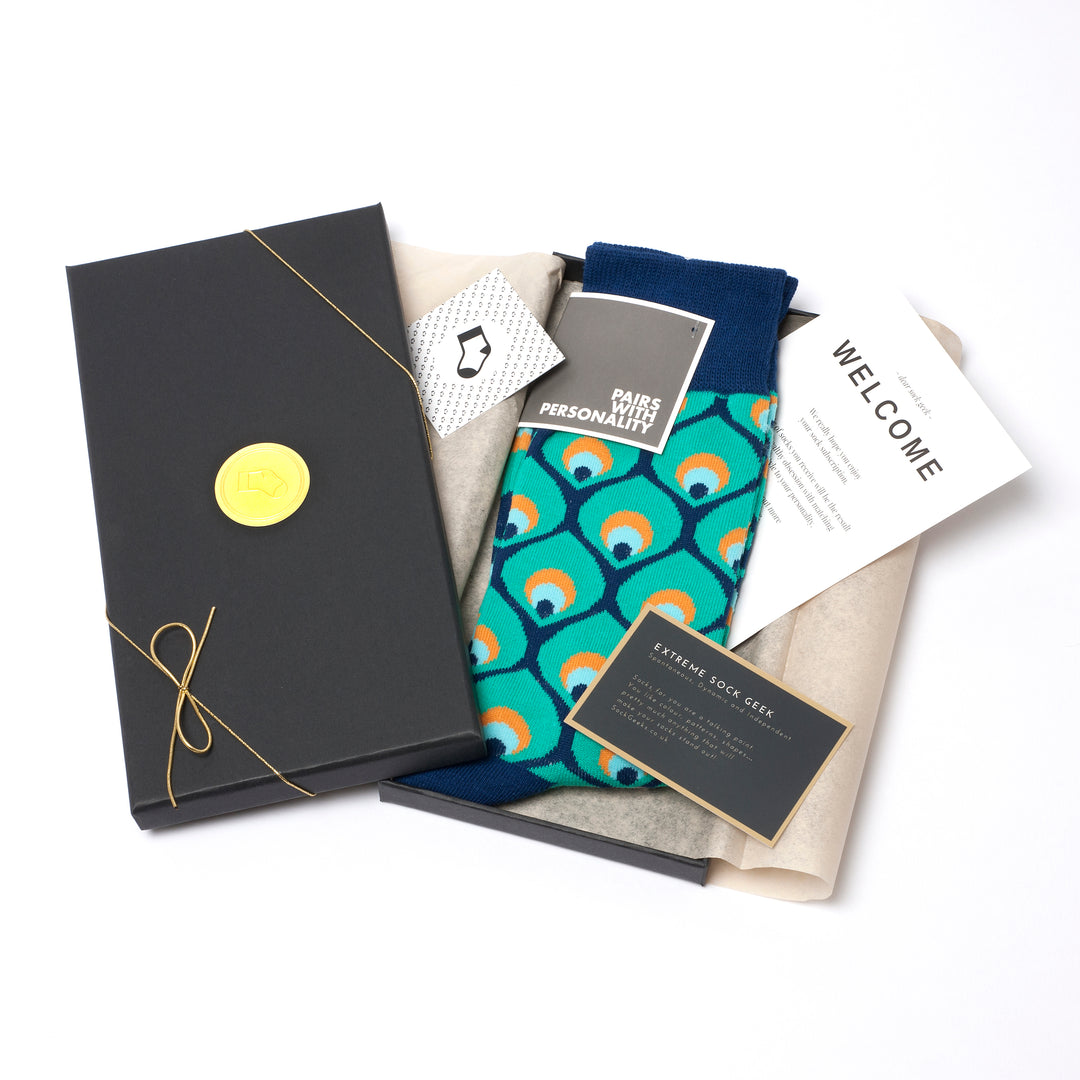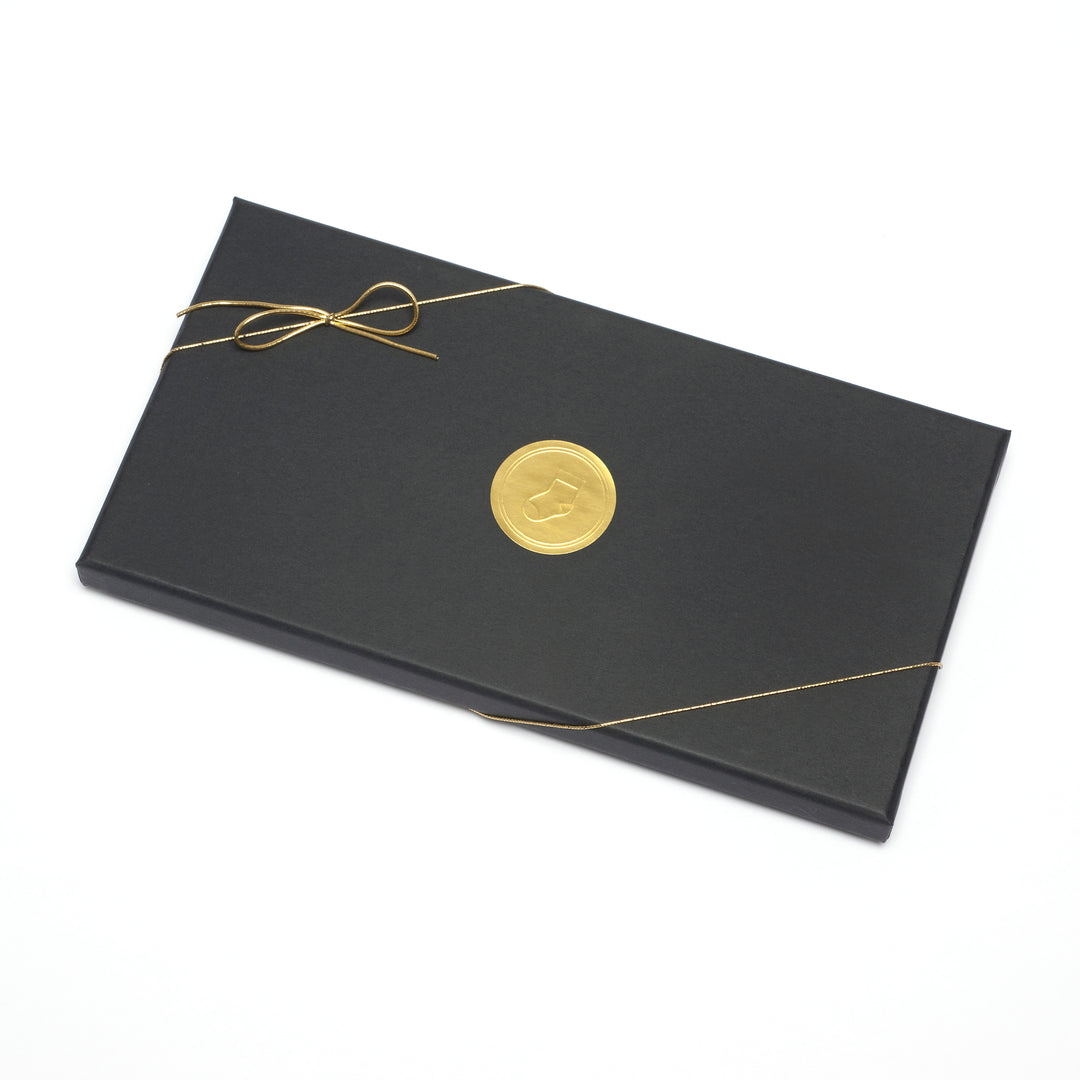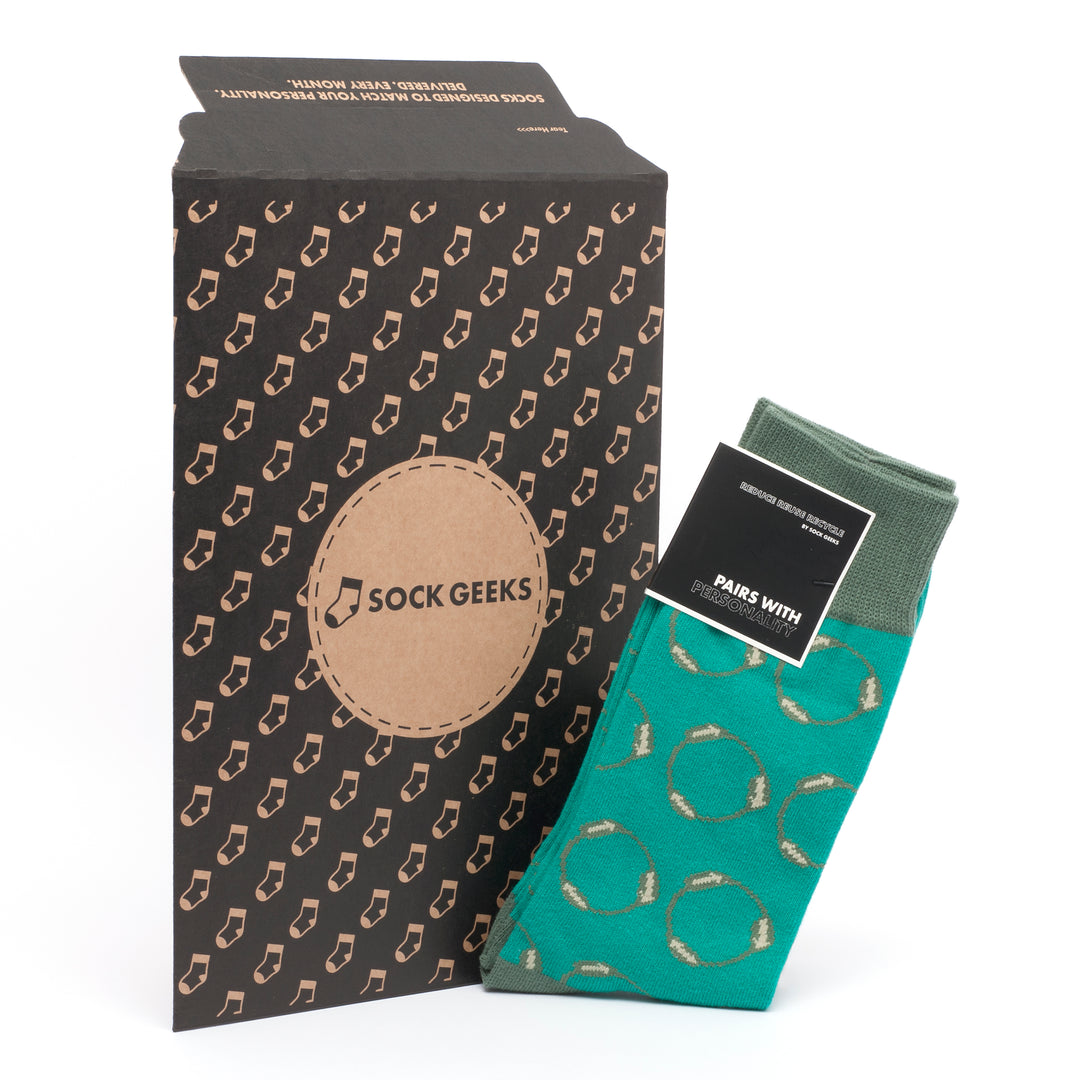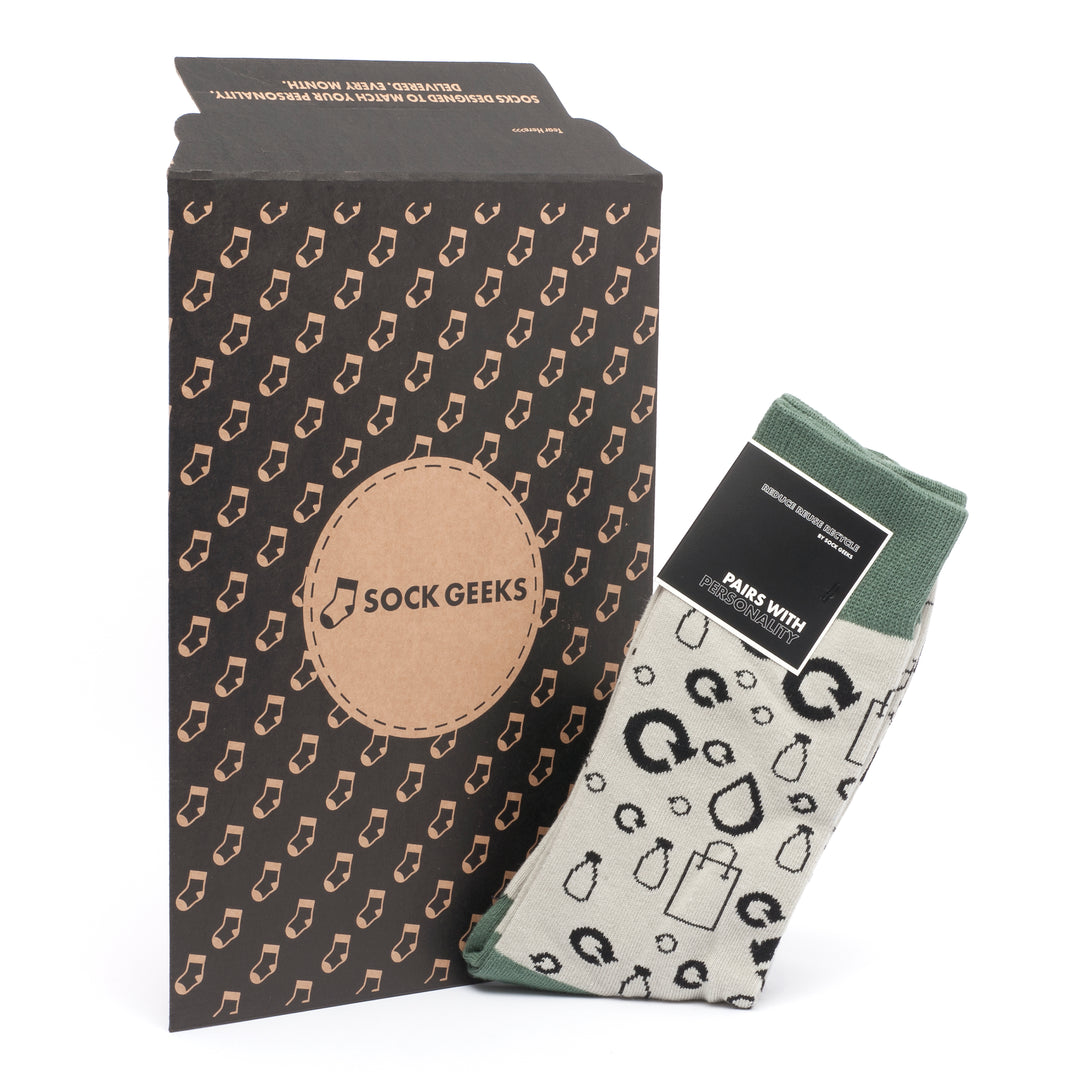Are Acrylic Socks as Good as Wool? Insulation, Moisture-Wicking & Durability Compared
Key Takeaways
- Consider Your Needs: Choose between acrylic and wool socks based on your specific requirements like insulation, moisture-wicking, and durability.
- Insulation Matters: If you need socks for warmth, wool socks are generally superior due to their natural insulation properties.
- Stay Dry: For activities where moisture-wicking is crucial, acrylic socks might be more suitable as they excel in keeping feet dry.
- Think Long-Term: Wool socks tend to be more durable and have better longevity compared to acrylic socks, making them a wise investment for lasting comfort.
- Mix and Match: Depending on the activity or weather conditions, you can mix both types of socks in your wardrobe for versatility.
- Quality Over Price: While wool socks may be more expensive upfront, their durability and performance often make them a cost-effective choice in the long run.
Acrylic vs Wool Socks Overview
Material Differences
Acrylic socks are made from acrylic fibbers, a synthetic material known for its durability and moisture-wicking features. On the other hand, wool socks, made from natural wool and acrylic fibbers, provide excellent insulation and warmth by trapping heat close to the body.
Acrylic socks tend to be more lightweight and breathable, allowing air circulation, compared to wool socks. However, wool socks offer superior warmth and insulation, making them ideal for cold weather conditions.
Pros and Cons
- Acrylic Socks:
- Pros: Lightweight, quick-drying, affordable.
- Cons: Less insulating than wool, may retain odours.
- Wool Socks:
- Pros: Excellent insulation, moisture-wicking, odour-resistant.
- Cons: Can be expensive, may require special care when washing.
Popularity and Common Uses
Acrylic socks are popular for their affordability and versatility. They are commonly used for everyday wear, sports activities, and outdoor adventures where breathability is essential.
Wool socks, on the other hand, are favoured for their exceptional warmth and comfort. They are widely used in cold climates, winter sports like skiing or snowboarding, hiking in chilly conditions, and even as cozy loungewear at home.
Key Differences Explained
Warmth and Moisture-Wicking
Acrylic socks are less insulating than wool socks, making them ideal for mild climates or indoor activities. Wool socks, on the other hand, provide excellent warmth retention and moisture-wicking properties due to their natural fibres.
Durability and Maintenance
Acrylic socks tend to wear out more quickly than wool socks, especially when subjected to frequent washing. Wool socks are known for their durability, maintaining shape and quality over a longer period with proper care.
Allergic Reactions and Sensitivities
For individuals with sensitivities, acrylic socks may cause skin irritations due to their synthetic composition. Wool socks, while rare, can trigger allergic reactions in those sensitive to lanolin, a natural substance found in wool fibres.
Insulation Properties Compared
Wool vs. Acrylic
- Natural insulator due to wool's unique fibre structure.
- Retains heat even when wet, making it ideal for cold weather.
- Thick and bulky, providing substantial warmth in extreme conditions.
Acrylic Socks:
- Known for their insulating properties without the bulkiness of wool.
- Offers lightweight insulation, perfect for everyday wear in milder climates.
- Ideal for those who prefer a less thick sock while still keeping feet warm.
Retention of Heat
- Wool socks excel in extreme cold, trapping heat close to the skin.
- Acrylic socks are effective at retaining heat, suitable for moderate temperatures.
Versatility and Comfort
- Wool socks are great for outdoor activities in freezing temperatures, providing necessary warmth and moisture-wicking properties.
- Acrylic socks are versatile, suitable for daily wear and various activities due to their lightweight nature.
Moisture-Wicking Capabilities
Wool vs. Acrylic
Wool socks, known for their exceptional moisture-wicking ability, naturally draw moisture away from the skin, keeping feet dry and comfortable. This is due to wool's unique structure that can absorb up to 30% of its weight in moisture without feeling damp.
Acrylic socks, on the other hand, are synthetic and also possess impressive moisture-wicking capabilities. These socks effectively pull sweat away from the skin towards the outer surface of the fabric, where it can evaporate quickly.
Comfort and Foot Health
The ability of both wool and acrylic socks to wick moisture plays a crucial role in enhancing comfort and maintaining optimal foot health. By keeping feet dry, these socks help regulate body temperature and prevent issues like blisters or fungal infections caused by prolonged exposure to moisture.
- Pros of Wool Socks:
- Excellent moisture absorption
- Natural odour resistance
- Cons of Acrylic Socks:
- May not provide as much warmth as wool
- Synthetic material may not be as breathable
In essence, whether you opt for wool or acrylic socks, prioritising their moisture-wicking properties is key to ensuring your feet stay dry, comfortable, and healthy throughout the day.
Durability and Longevity
Wear and Tear
Acrylic socks tend to last longer than wool socks due to their synthetic nature, which makes them more resistant to wear and tear. However, wool socks, while less durable, offer better insulation.
Acrylic socks are ideal for daily use, lasting several years without showing significant signs of wear. On the other hand, wool socks may require more frequent replacement due to their natural fibres being prone to pilling and thinning over time.
Washing and Care Routines
Machine washing acrylic socks is generally safe, but it's recommended to air dry them to maintain their shape and elasticity. In contrast, wool socks often require hand washing with mild detergent to prevent shrinkage and maintain their softness.
When it comes to longevity, proper care is crucial for both types of socks. Regular maintenance such as avoiding high heat when drying can significantly extend the lifespan of acrylic or wool socks.
Specific Considerations
For acrylic socks, avoiding high heat settings on the dryer can prevent them from losing their shape. Conversely, wool socks should be stored flat instead of hung to maintain their elasticity.
Acrylic Socks Usage Guide
Choosing Between Acrylic and Wool
Acrylic socks are a great choice for those allergic to wool or looking for a more affordable option. Their moisture-wicking properties make them perfect for sweaty feet.
Ideal Activities and Environments
For outdoor activities like hiking or running, acrylic socks are ideal due to their ability to keep feet dry and prevent blisters. They also work well in wet conditions.
Care Instructions for Acrylic Socks
To maintain the quality of acrylic socks, wash them in cold water and avoid using fabric softeners. Air drying is recommended to prevent shrinkage.
Top Wool Socks Selection
Popular Brands
- Smartwool
- Darn Tough
- Icebreaker
When it comes to wool socks, brands like Smartwool, Darn Tough, and Icebreaker are highly regarded for their quality and durability.
Key Features
- Merino wool blend for warmth and moisture-wicking properties
- Reinforced toes and heels for added durability
- Seamless toe closure to prevent irritation and blisters
These top wool socks stand out due to their exceptional comfort, moisture management, and longevity. The merino wool blend ensures warmth without bulkiness, making them ideal for various activities.
User Reviews
- "Smartwool socks kept my feet warm and dry during long hikes." - 5/5 rating
- "Darn Tough socks are incredibly durable; they have lasted me years without any signs of wear." - 4.5/5 rating
- "Icebreaker wool socks are so soft and comfortable; I wear them daily." - 4/5 rating
Users rave about the performance of these wool socks, praising their comfort, durability, and moisture-wicking abilities.
Cost-Effectiveness Analysis
Initial Investment
Acrylic socks generally come at a lower cost than wool socks, making them more budget-friendly for individuals looking for affordable options. The initial investment in acrylic socks is notably lighter on the wallet compared to the higher price tag associated with wool socks.
Long-Term Value
When considering long-term value, wool socks tend to outshine acrylic ones due to their superior durability and performance over time. While acrylic socks may be cheaper initially, they often wear out faster and need replacing sooner than wool socks, which can lead to higher overall costs in the long run.
Recommendations
For those prioritising cost-efficiency without compromising too much on quality, acrylic socks could be a suitable choice. However, if durability and long-term comfort are crucial factors, investing in wool socks might prove more economical in the end.
Closing Thoughts
In weighing up acrylic versus wool socks, you've seen the pros and cons of each. Acrylic offers affordability and easy care, while wool excels in insulation and moisture-wicking. Consider your priorities - are you after warmth or convenience? Make an informed choice based on what matters most to you. Don't forget to check out our top wool sock recommendations for quality options that balance performance and value. Your feet deserve the best, so pick wisely for your next adventure.
Frequently Asked Questions
Are acrylic socks as good as wool socks?
Acrylic socks are lightweight, durable, and often more affordable than wool socks. However, wool socks excel in providing superior insulation and moisture-wicking properties, making them ideal for colder climates or intense outdoor activities.
Which is better for insulation: acrylic or wool socks?
Wool socks are renowned for their exceptional insulation properties. The natural fibres of wool trap heat effectively, keeping your feet warm even in cold conditions. Acrylic socks, while still insulating to some extent, may not offer the same level of warmth as wool.
Do acrylic socks wick moisture as well as wool socks?
Wool socks are superior in moisture-wicking capabilities compared to acrylic. Wool fibres can absorb large amounts of moisture without feeling damp, keeping your feet dry and comfortable. Acrylic may not manage moisture as effectively and could lead to sweaty feet.
How do acrylic, wool, and nylon socks differ in terms of durability and materials?
Wool socks tend to be more durable and long-lasting than acrylic socks. Wool fibres are naturally resilient and can withstand wear over time without losing shape or effectiveness. Acrylic socks may show signs of wear sooner and might not hold up as well under frequent use.
Are acrylic socks a cost-effective alternative to wool socks in terms of materials, pros cons, heat, and insulator?
Acrylic socks are generally more budget-friendly than wool options, offering a cost-effective solution for everyday wear or activities that don't require heavy-duty insulation or moisture control. While wool may have a higher upfront cost, its durability and performance make it a worthwhile investment for certain needs.















Leave a comment